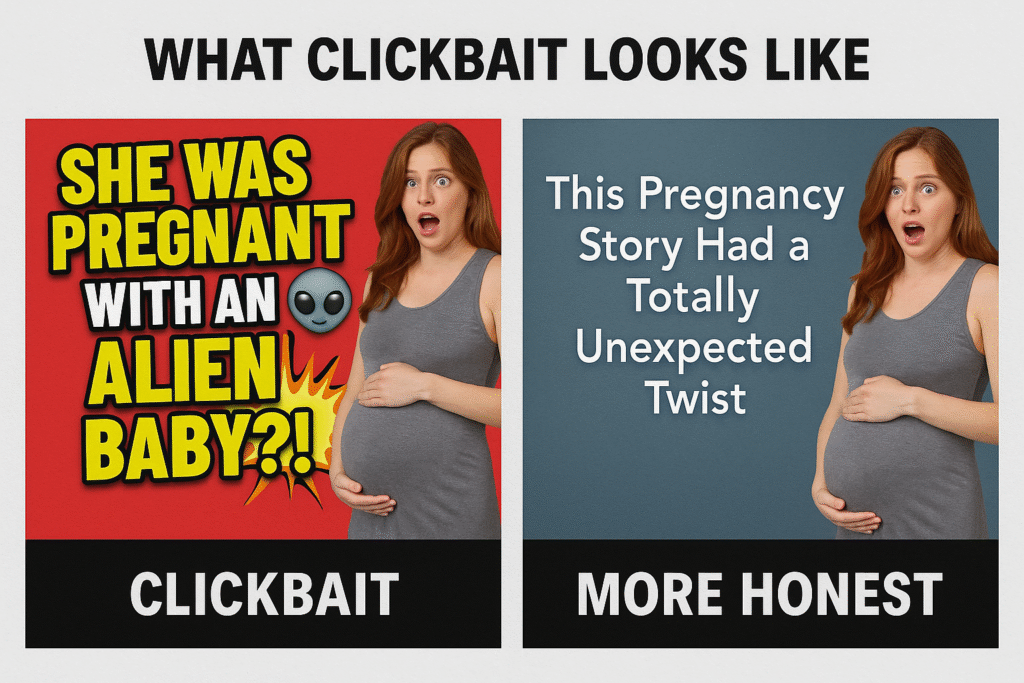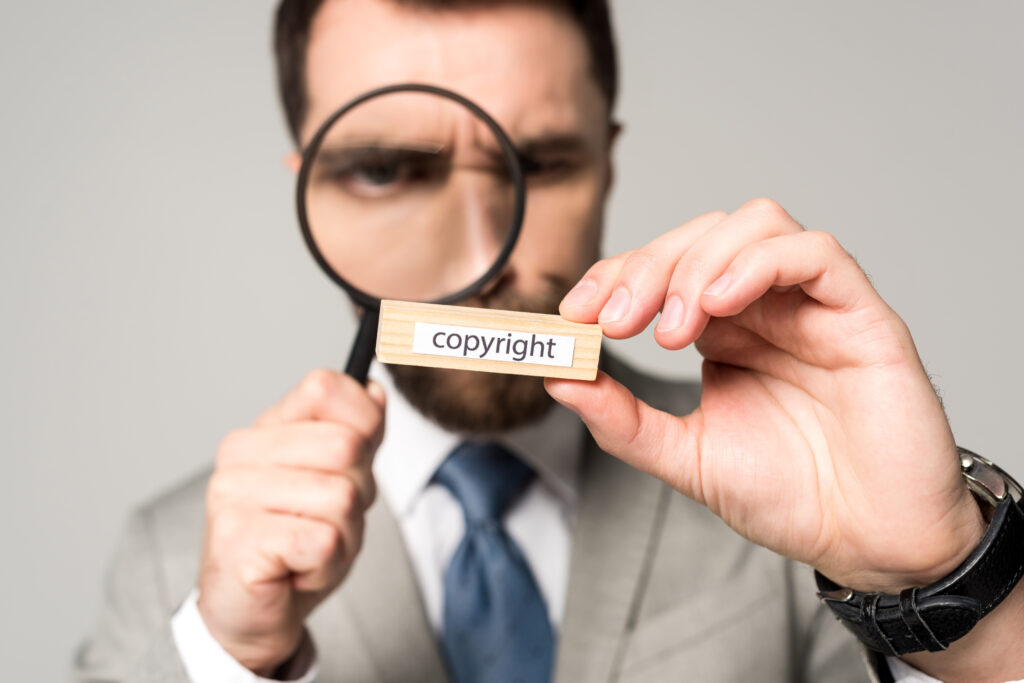🎯 Clickbait: What It Is, How It Hurts, and Why Creators Should Avoid It
Published by SMACC — Supporting Social Media and Content Creators Globally
Tags: clickbait, monetization, YouTube policy, content strategy, creator integrity, demonetization
📌 What is Clickbait?
Clickbait refers to content—especially headlines, thumbnails, or titles—designed to lure people into clicking by exaggerating, misleading, or misrepresenting what the content actually delivers.
It often uses emotional triggers, sensationalism, or outright falsehoods to gain attention. But while it might get that first click, it can damage your channel’s reputation, viewer trust, and even your ability to earn money from your content.
🔍 Common Types of Clickbait
| Type | Example Title | Why It’s Clickbait |
|---|---|---|
| Shock Bait | “You won’t BELIEVE what happened next!” | Promises an extreme reaction, often under-delivers. |
| Fake Drama | “We’re breaking up – this is the end 😢” | Uses emotional manipulation, but no real event. |
| Misleading Thumbnail | Shows a celebrity or explosion that never appears in the video | Entices with visuals irrelevant to the content. |
| False Claims | “Earn $10,000 a week from your phone!” | Makes unrealistic or deceptive claims. |
⚠️ How It Affects Different Platforms
📺 YouTube
YouTube has strict policies on misleading metadata. If your title, thumbnail, or description misleads viewers, YouTube may:
- Demonetize the video (remove ad revenue)
- Suppress your video in recommendations
- Issue warnings or strikes under the spam, deceptive practices, and scams policy
- Trigger mass unsubscribe or loss of viewer trust
Example:
A creator posted a video titled “MrBeast Gave Me $1,000,000!” with a thumbnail showing MrBeast’s face. The video was actually a reaction to a MrBeast video with no contact involved. YouTube removed monetization and flagged the video as misleading.
📸 Instagram & TikTok
While these platforms don’t use thumbnails in the same way, creators using clickbait captions or misleading hashtags can be flagged for engagement baiting. TikTok may lower reach on the For You Page (FYP), and Instagram could penalize the post’s visibility.
📰 Facebook & Blogs
Facebook heavily penalizes clickbait articles and videos. It uses AI to detect misleading headlines and reduces distribution across News Feeds. Repeated offenses can lead to page restrictions or ad account suspension.
💰 Clickbait vs Monetization
Here’s the critical part: clickbait can ruin your ability to earn.
🔒 YouTube AdSense + Clickbait = Trouble
Advertisers don’t want their ads appearing next to deceptive or low-quality content. If your video is flagged as clickbait:
- Ads may be limited or turned off
- Your channel rating drops (part of the YouTube Partner Program scoring)
- You may be excluded from premium campaigns (like YouTube Select)
✅ Good Practice: What To Do Instead
Click-worthy content doesn’t need to lie.

Tips:
- Create honest but intriguing titles
- Use thumbnail storytelling (don’t fake it)
- Deliver on your promised value
- Aim for retention and trust, not trickery
🧠 Creator Wisdom: Think Long-Term
Clickbait might win you a view today, but trust wins you a community tomorrow.
YouTube’s algorithm is increasingly prioritizing:
- Watch time
- Audience satisfaction
- Retention
- Authenticity
One viral clickbait video can lead to 10 unsubscribes. One genuine connection can create a lifetime fan.
🚀 SMACC Tip: How to Stay Clean
- Use A/B thumbnail testing tools like TubeBuddy or VidIQ
- Ask friends: “Would you feel misled by this title?”
- Check the YouTube Transparency Center for current policy changes
- When in doubt, under-promise and over-deliver
Let SMACC Help You Grow with Integrity
Join our workshops on audience building, video strategy, and ethical monetization. Log into your SMACC account to access exclusive guides and case studies.
Coming Soon:
👉 Our Creator Toolkit module: “Thumbnails That Convert — Without the Clickbait”
👉 Creator Case Study: “How One SMACC Member Tripled Subscribers Without a Single Shady Title”



Great information shared.. really enjoyed reading this post thank you author for sharing this post .. appreciated